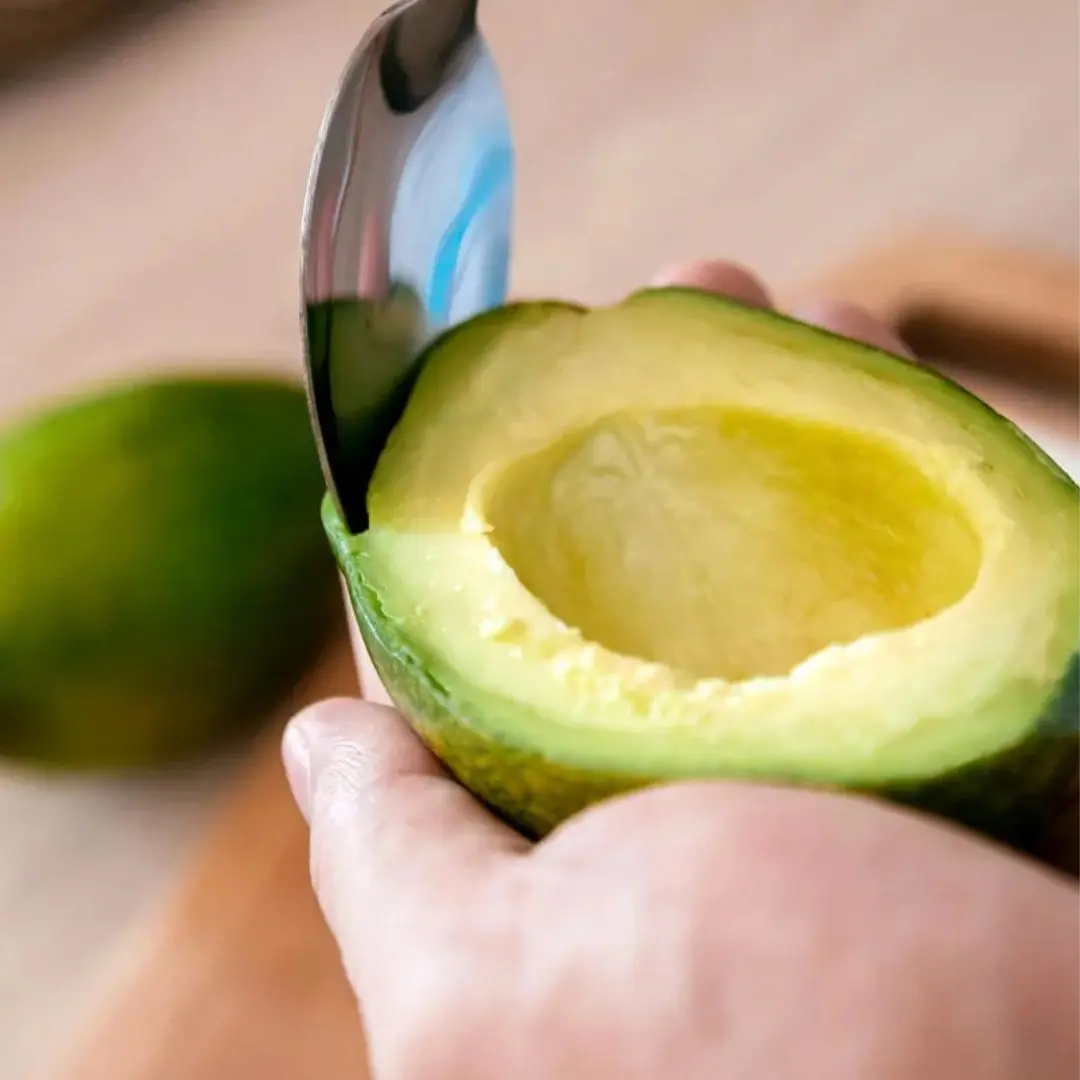
The difference between red peanuts and white peanuts
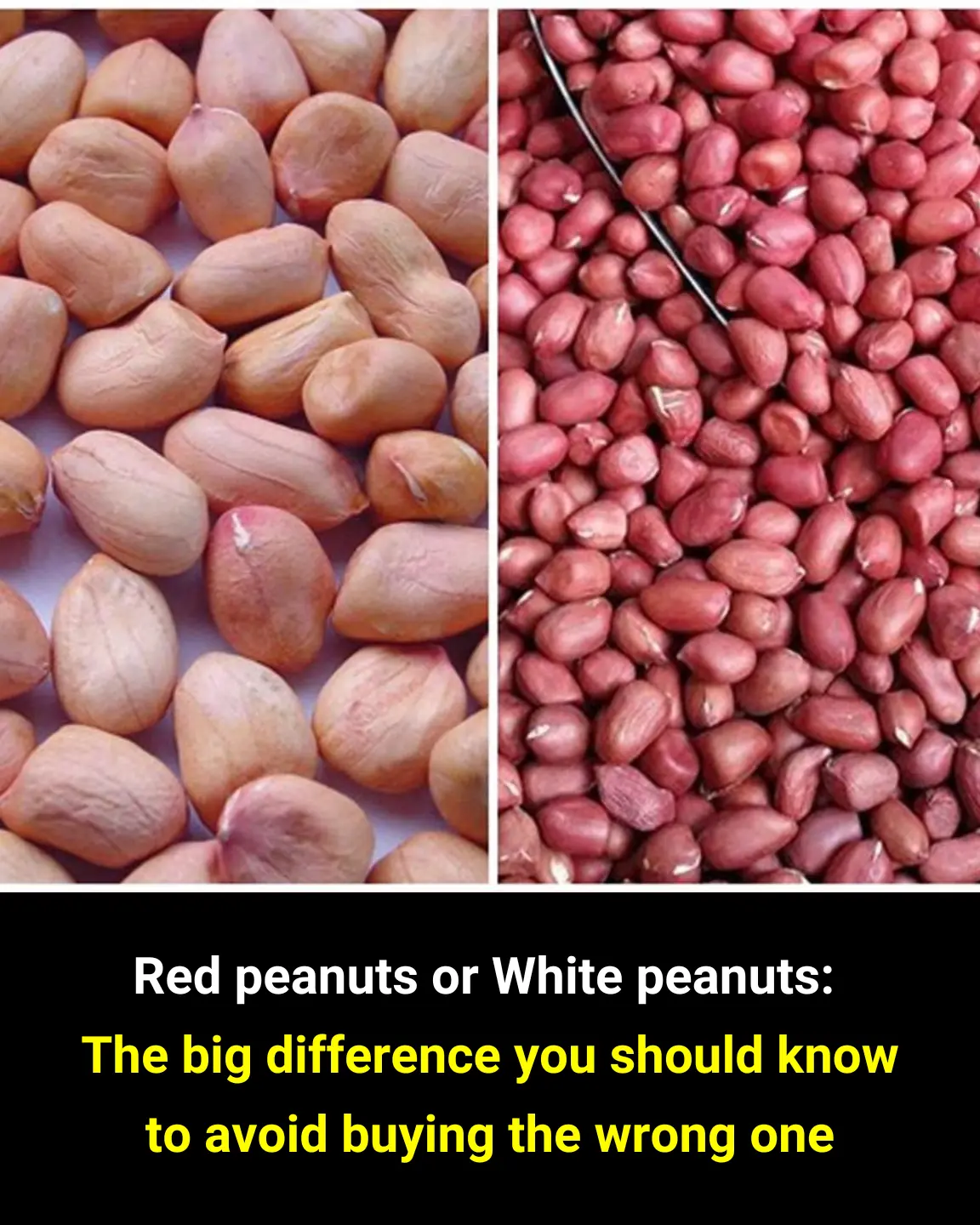
Peanuts (groundnuts) are a highly nutritious food, rich in essential nutrients and vitamins. They are even considered a "longevity seed," offering numerous health benefits.
In Traditional Chinese Medicine, peanuts are believed to regulate the spleen and stomach, nourish the blood, and stop bleeding.
Currently, there are two popular types of peanuts: red-skinned and white-skinned. Many people are unaware of the differences between these two types.
1. Differences in Flavor
White-skinned peanuts are crispy and delicious when eaten. They are often used for frying or in snacks. White peanuts also have a higher oil content, making them ideal for producing peanut oil and peanut butter.
White peanuts also contain fewer calories, making them suitable for those who are looking to lose weight.
Red-skinned peanuts, when chewed, have a sweet taste, especially when freshly harvested. Their sweetness is more pronounced. These are great for making soups or milk. Red peanuts also have the added benefit of nourishing the blood and enhancing blood circulation.
2. Differences in Nutrition
As mentioned above, red-skinned peanuts are known for their ability to nourish the blo.od and improve circulation, so experts recommend not discarding the skin. Eating red peanuts also helps regulate the spleen and stomach, relieving bloating and discomfort.
White-skinned peanuts have a higher calcium content, which is beneficial for the elderly and children. They also provide ample phospholipids, selenium, and vitamin E, which are beneficial for brain health and improving memory.
White-skinned peanuts tend to be larger and more productive, so they are often sold at a lower price.
3. When Buying Peanuts, Keep These Tips in Mind:
-
Color
Whether you’re buying red or white peanuts, always pay attention to their color. Choose peanuts with a vibrant, bright shell. Never buy peanuts with dark or black shells (unless it’s a black peanut variety). Darkened peanuts may indicate mold, which can harbor Aspergillus flavus, a fungus that produces harmful toxins and may contribute to cancer. Additionally, moldy peanuts lose their pleasant aroma and taste. -
Shell Firmness
After drying, the shells of mature peanuts will remain firm. Immature peanuts tend to shrivel up. Shriveled peanuts are not only unappetizing but also have lower nutritional value. Choose peanuts with plump, firm shells. -
Smell
When buying peanuts, hold a handful up to smell. Fresh peanuts usually have a slight, pleasant fragrance. If they have a musty or foul odor, it means they are spoiled and should be avoided. -
Peanut Sprouts
One tip for choosing peanuts that few people know is to look for the peanut sprout. The sprout is a small white spot at the tip of the peanut. If you don’t see this mark, the peanuts may have been dyed.
4. Who Should Limit Peanut Consumption?
Although red peanuts are very healthy, not everyone should consume them in excess:
-
People with Gout: Peanuts contain purines, and consuming too many can increase uric acid levels in the blood, potentially triggering a gout flare-up.
-
People with a Weak Digestive System: The skin of peanuts, while beneficial, is hard to digest and may cause bloating if eaten in large amounts.
-
People Allergic to Peanuts: Peanut allergies are quite common and can cause serious reactions, from rashes to difficulty breathing.
5. Tips for Choosing and Using Peanuts
-
Choose red-skinned peanuts with the skin on to preserve their maximum nutritional content and antioxidants.
-
Avoid buying moldy peanuts: Moldy peanuts can produce aflatoxin – a carcinogenic to.xin.
-
Store peanuts in a dry, cool place to prevent mold. After roasting, store them in an airtight container and consume within 1-2 weeks.
News in the same category

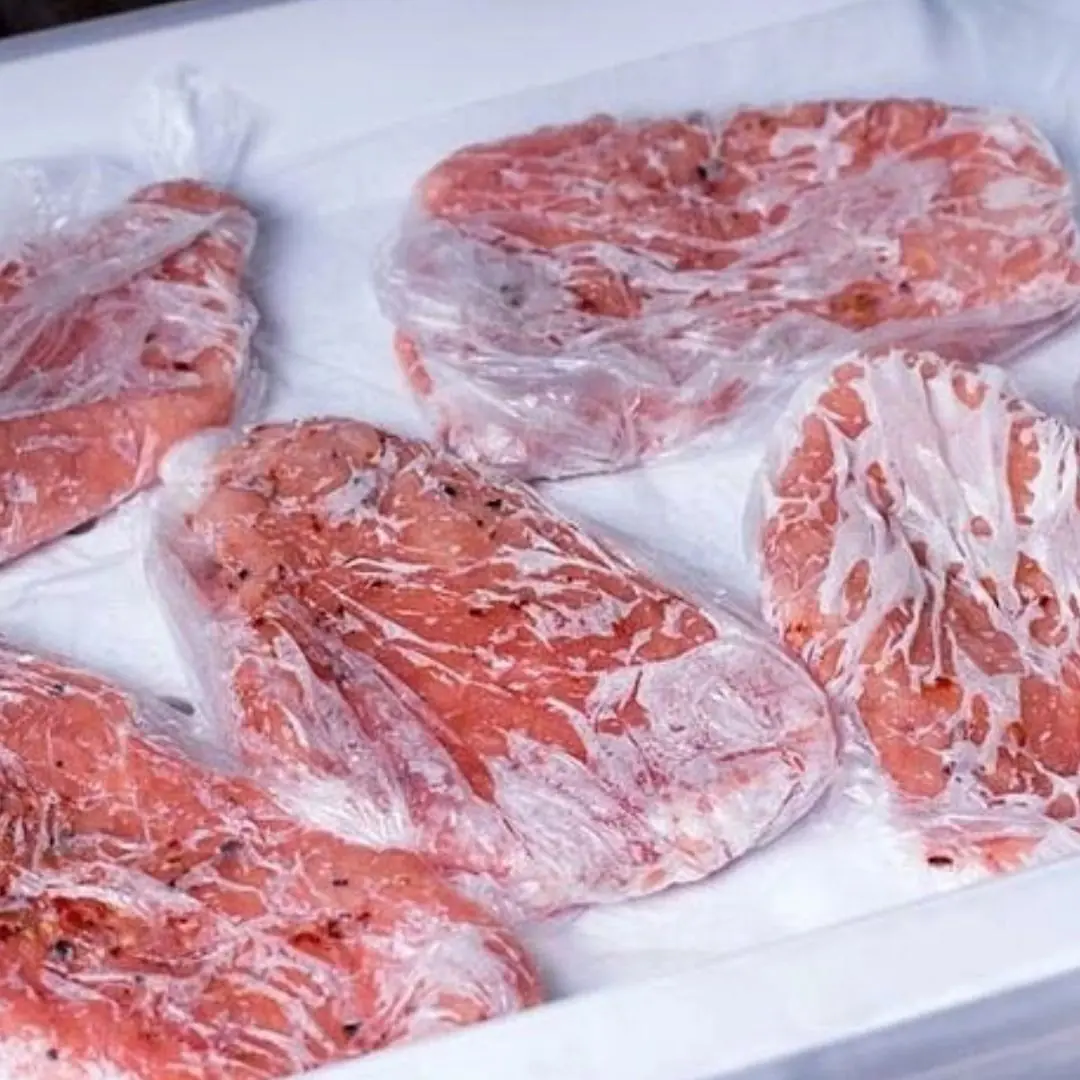
We have a habit of freezing meat and fish to eat gradually, so how long can frozen food be used to ensure safety and quality?
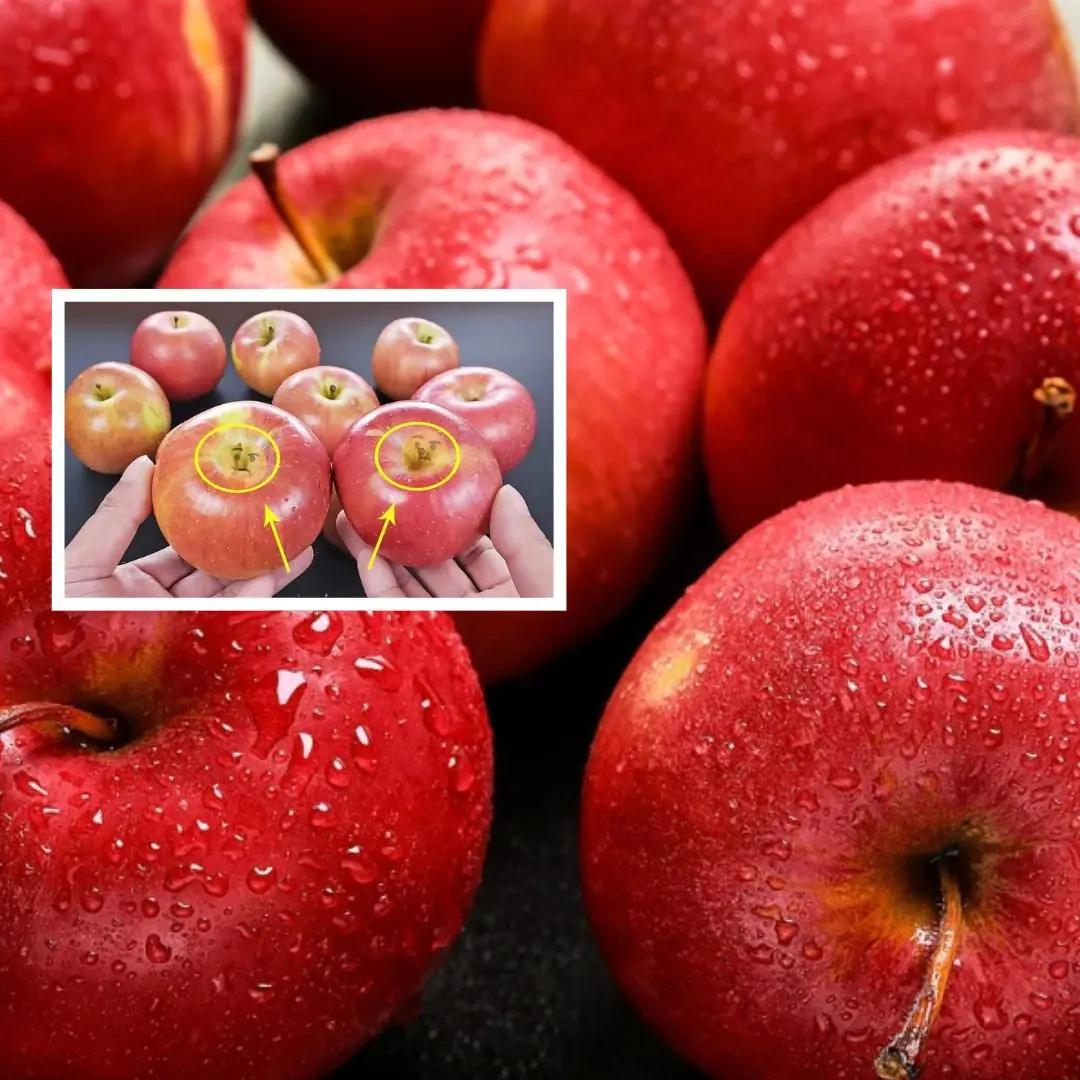
Want crisp, juicy, and delicious apples?

Ways to Maximize the Health Benefits of Cinnamon
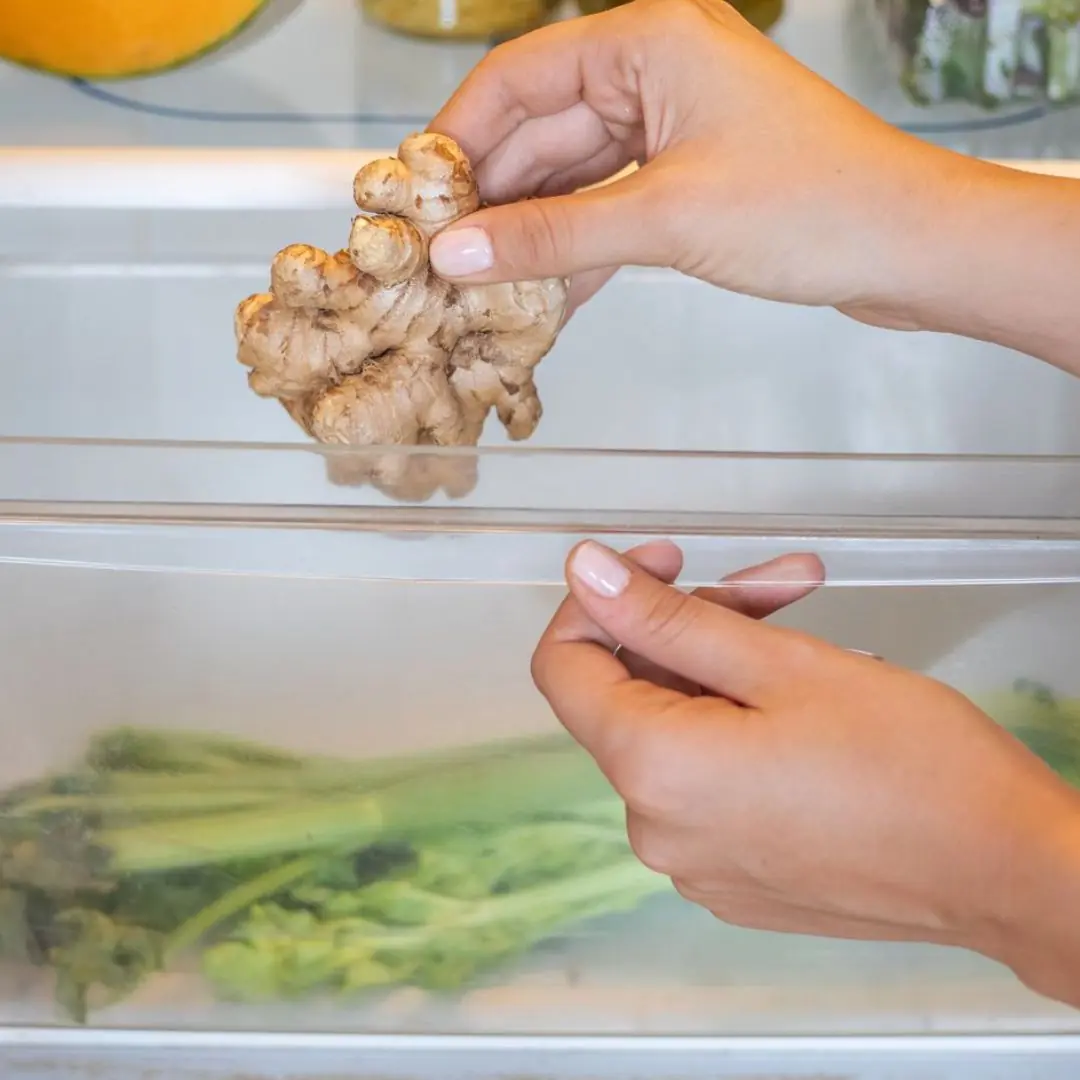
With just a few simple tips below, you can keep ginger fresh for up to 6 months, without refrigeration, without taking much time.
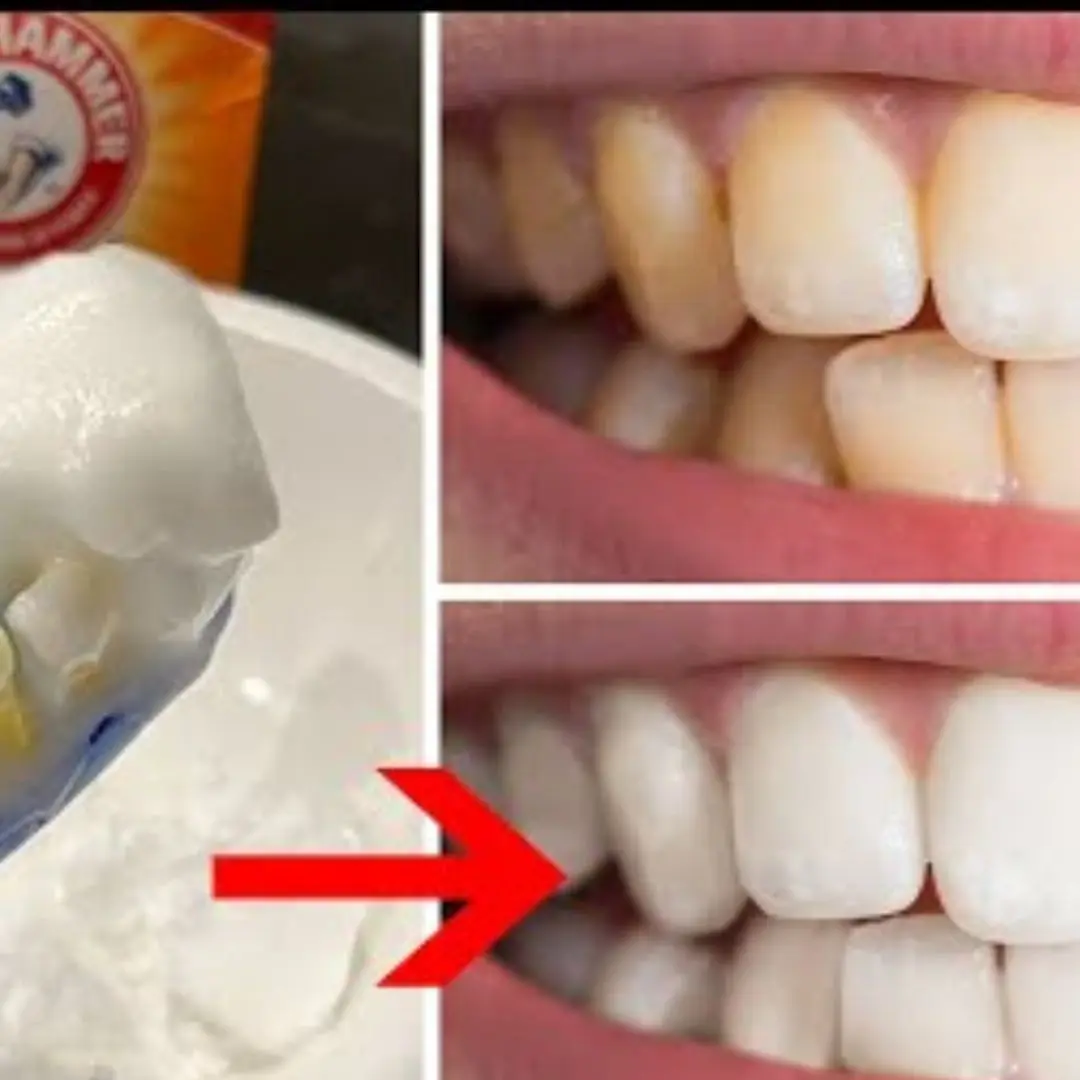
9 Natural Remedies For Teeth Whitening
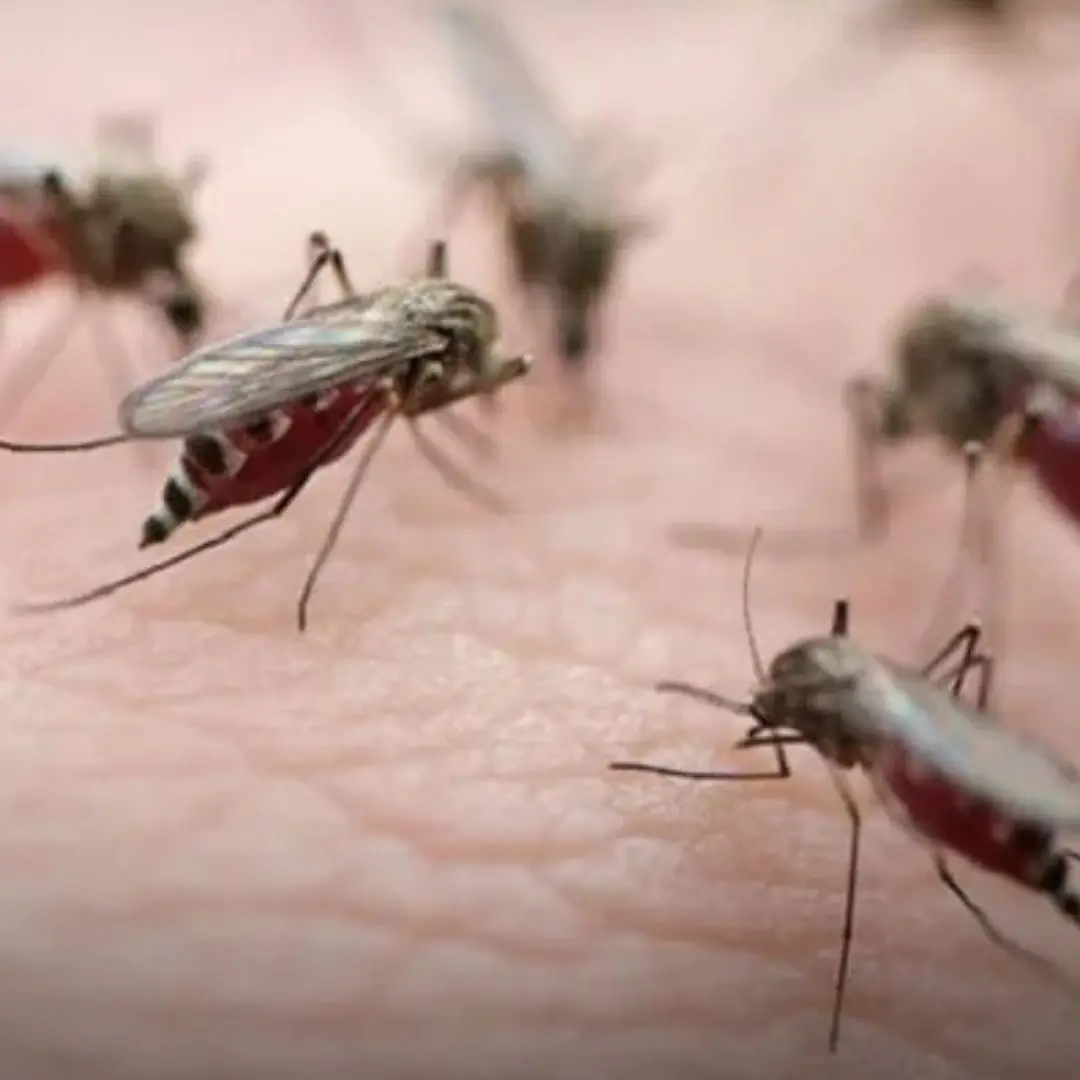
What is the lack of nutrients that causes frequent mosquito bites? How to effectively repel mosquitoes?

Try This DIY “Plastic Bottle Mosquito Trap” and Enjoy a Mosquito-Free Summer!

Be careful! Don't put these 5 things in the refrigerator anymore, they can become "invisible kil.lers"!

4 plants that easily "invite" snakes to come near, be careful when planting around the house!
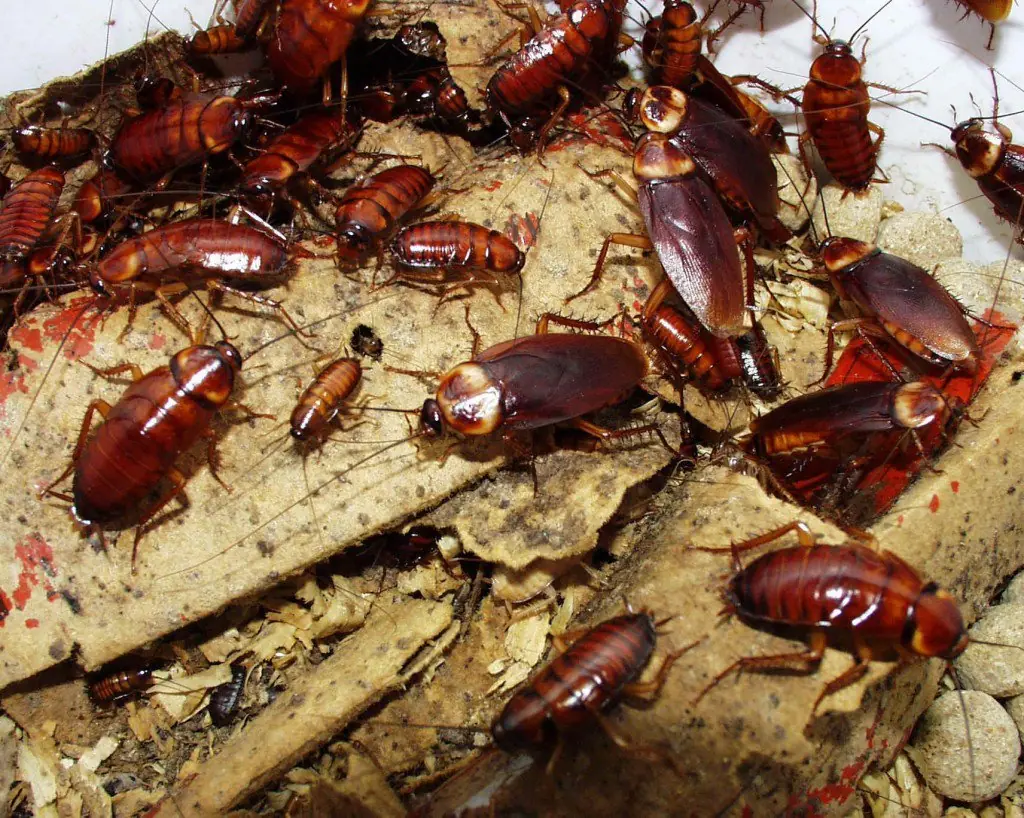
Effective tips to ki.ll cockroaches, repel cockroaches forever

"Four things should not be placed at the head of the bed": The advice of the ancients turns out to be the truth

2 types of vegetables that Japanese people consider "miracle drugs": Sold in abundance at the market, unbelievably cheap
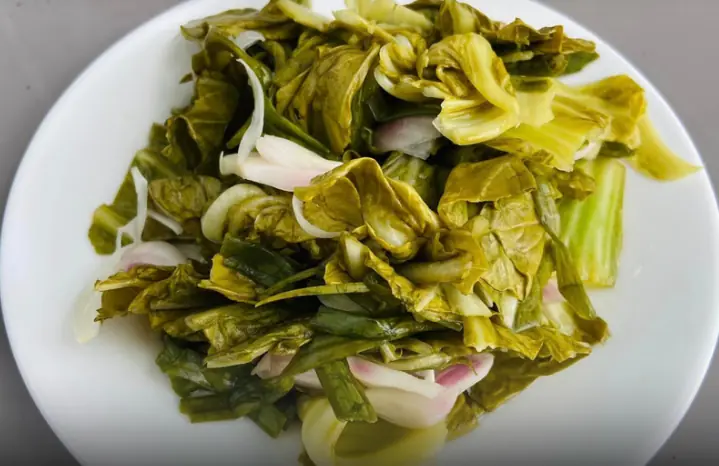
Three veggies that are secret "stomach k!llers" on the dinner plate: The last item is a a lot of people's favorite, with many households eating it every day 👇👇👇

Smart People Know This Trick: Save Up to 50% on Your Monthly Electricity Bill by Adjusting Your Air Conditioner

Krait snake crawls out of air conditioner, puts 7-year-old girl in critical condition, some suggestions on how to prevent it

Cut a lemon in half and "smear it all over the house", the effect surprised me

Boost Your Toilet's Flushing Power Instantly with This Simple Trick

Tips to get rid of geckos from your home
News Post
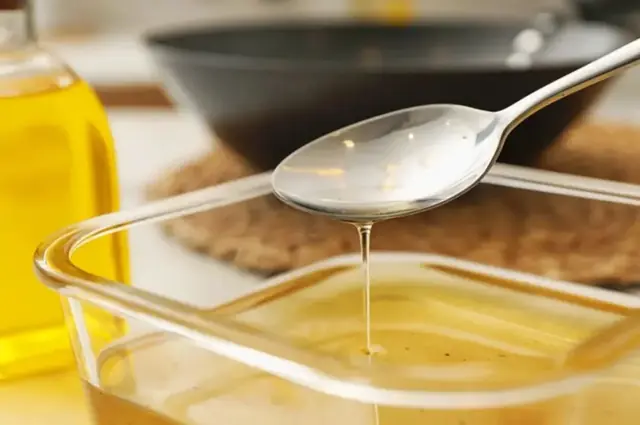
4 Kitchen Foods You Think Never Expire—But It’s Time to Toss Them Out!

Don’t Throw Away Lemon Peels
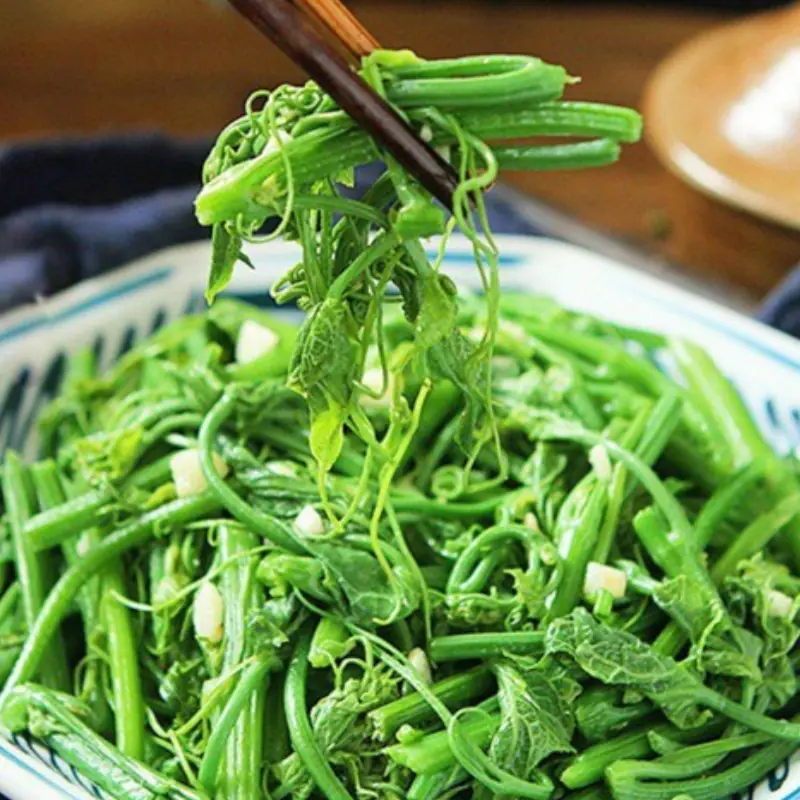
There’s a Vegetable Richer in Iron Than Beef

If You See These 4 Types, Walk Away Immediately No Hesitation

Those with gout should absolutely avoid these foods

US approves 'guided missile' drug to treat lung c.a.n.cer

5 Nighttime Symptoms Warning of Fatty Liver
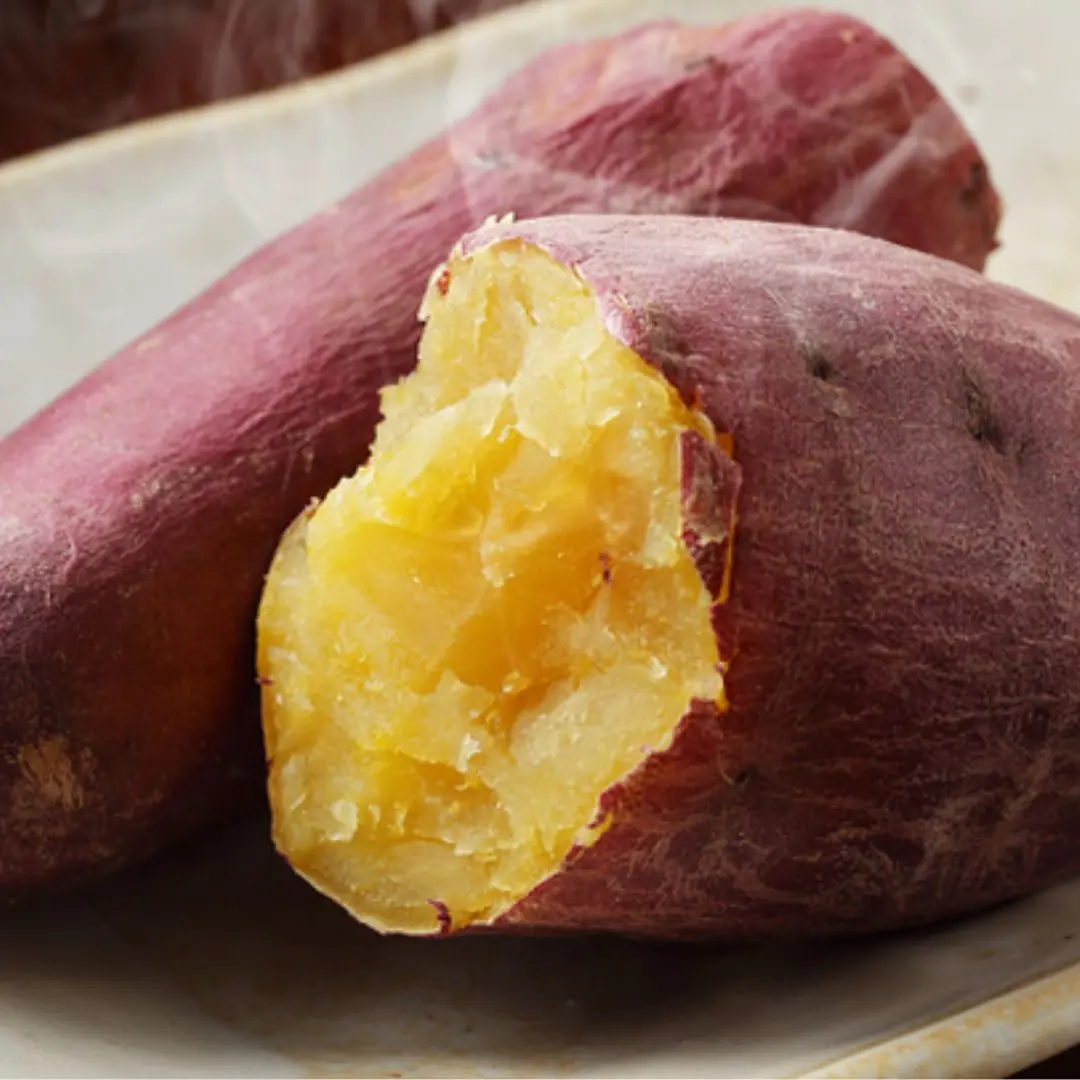
9 'super foods' favored by people over 100 years old

When I discovered the truth, I was left speechless and heartbroken

We have a habit of freezing meat and fish to eat gradually, so how long can frozen food be used to ensure safety and quality?

Want crisp, juicy, and delicious apples?

5 Dan.gers of Using Your Phone in the Bathroom

Why You Should Never Use Wastewater to Flush the Toilet
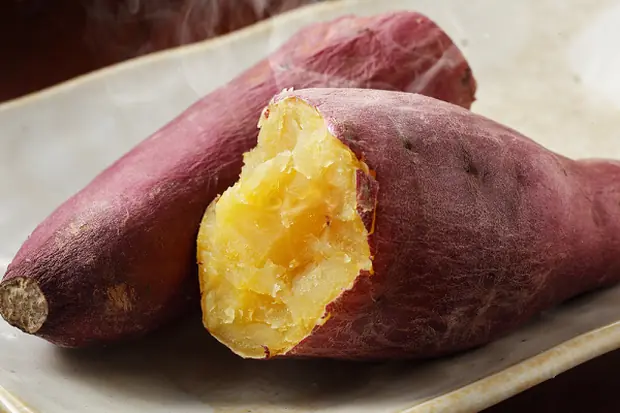
There Are Two "Golden Times" in the Day to Eat Sweet Potatoes

5 groups of people should not drink coffee or it will harm their health

Ways to Maximize the Health Benefits of Cinnamon

With just a few simple tips below, you can keep ginger fresh for up to 6 months, without refrigeration, without taking much time.

9 Natural Remedies For Teeth Whitening
